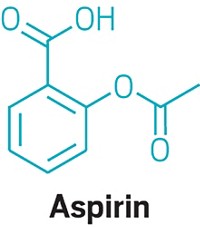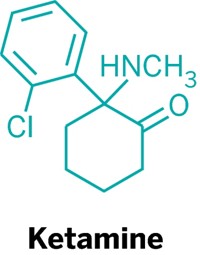Advertisement
Grab your lab coat. Let's get started
Welcome!
Welcome!
Create an account below to get 6 C&EN articles per month, receive newsletters and more - all free.
It seems this is your first time logging in online. Please enter the following information to continue.
As an ACS member you automatically get access to this site. All we need is few more details to create your reading experience.
Not you? Sign in with a different account.
Not you? Sign in with a different account.
ERROR 1
ERROR 1
ERROR 2
ERROR 2
ERROR 2
ERROR 2
ERROR 2
Password and Confirm password must match.
If you have an ACS member number, please enter it here so we can link this account to your membership. (optional)
ERROR 2
ACS values your privacy. By submitting your information, you are gaining access to C&EN and subscribing to our weekly newsletter. We use the information you provide to make your reading experience better, and we will never sell your data to third party members.
Biological Chemistry
New Nucleoside’s Hangouts Revealed
Isotope-labeling experiment tracks 5-hydroxymethylcytosine partitioning in the brain
by Carmen Drahl
July 5, 2010
| A version of this story appeared in
Volume 88, Issue 27
A mass spectrometry study has turned up a few surprises about which parts of the brain host a recently discovered piece of the DNA code. When researchers detected a new DNA nucleoside called 5-hydroxymethylcytosine last year, they suspected it might play a role in the brain, but its function remained unclear. Enter Thomas Carell, Martin Biel, and coworkers at Germany’s Ludwig Maximilians University. They made an 18O-labeled version of 5-hydroxymethylcytosine and used it as the cornerstone of an LC/MS method to determine how much of the compound is in various mouse brain tissues (Angew. Chem. Int. Ed., DOI: 10.1002/anie.201002033). Scientists originally observed the nucleoside in the cerebellum, but the German team found far more of it in the cortex and hippocampus instead. They also found that the amount of 5-hydroxymethylcytosine in the mouse hippocampus goes up with age. The researchers didn’t identify a specific function for the molecule, but they note that both the cortex and hippocampus are associated with higher cognitive functions such as memory.




Join the conversation
Contact the reporter
Submit a Letter to the Editor for publication
Engage with us on Twitter